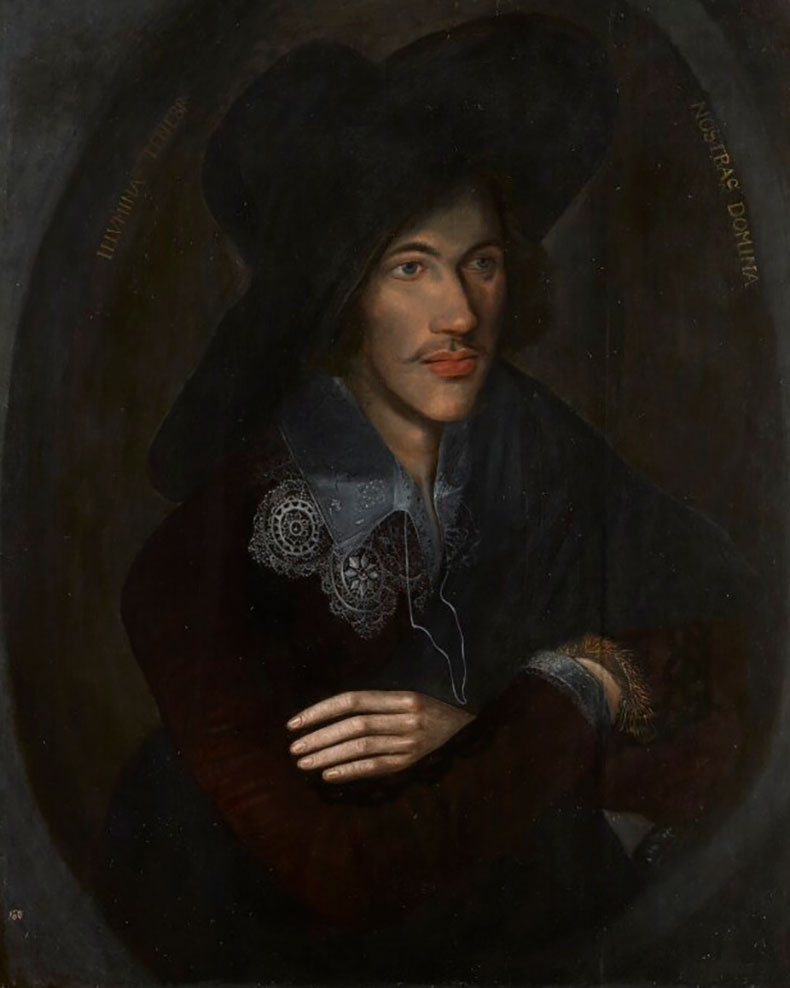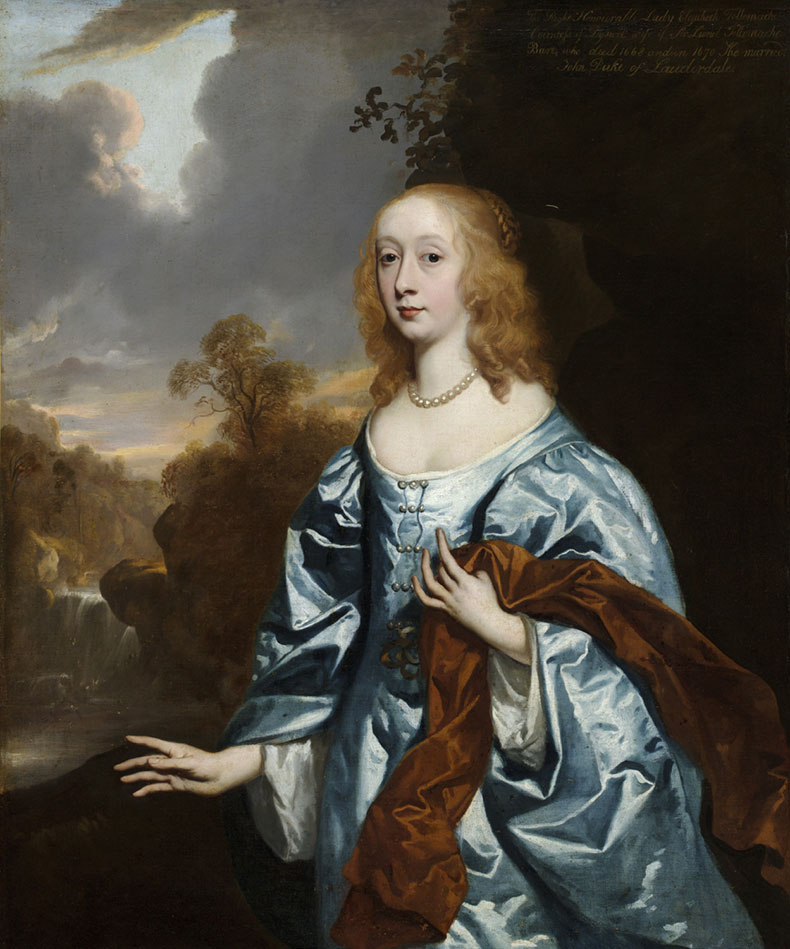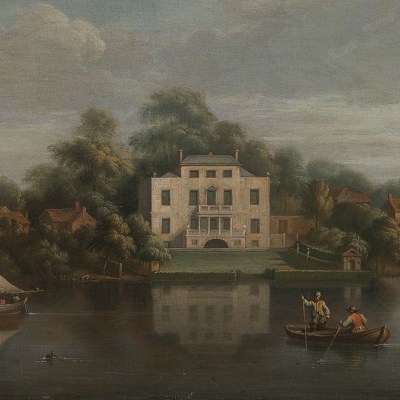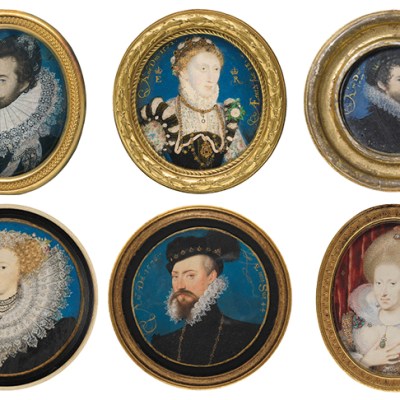In a corner of a downstairs parlour in Ham House in Richmond, London, there is a portrait, by an unknown artist, of a middle-aged man in a black monastic gown. He is holding a quill and looks at the viewer with an intelligent, faintly amused expression. The inscription on the painting belies the gentle countenance of its subject: ‘Concilii Tridentini Eviscerator’. This is Paolo Sarpi, the Eviscerator of the Council of Trent.
Though hardly a household name today, in the 17th century Sarpi was an intellectual superstar and polymath. He made his name in 1606 as a canon lawyer defending the independence of the Republic of Venice from the church in its legislative affairs. The Council of Trent that Sarpi had ‘eviscerated’, per his portrait, was the official church body responsible for reinforcing strict Catholic doctrine as part of the counter-Reformation.
Paolo Sarpi, Eviscerator of the Council of Trent (c. 1600–75), unknown artist. Ham House, Surrey.

The Pope reacted to the Republic’s defiance by placing it under an interdict and excommunicating its senate. The English ambassador to Venice, Sir Henry Wotton, hoped this would draw the Republic closer to England and Protestantism. He befriended Sarpi and commissioned several portraits of him to send to friends in England, adding ‘a Title of mine own conception’: Concilii Tridentini Eviscerator. One of Wotton’s closest friends was John Donne, who even dedicated a poem to him.
In Donne’s will, made shortly before he died in 1631, he bequeathed a portrait of ‘Padre Paolo … which [hangs] in the Parlour at my house at Pauls’ to his friend, Henry King. The picture was probably a gift from Wotton. Its position in the parlour, the most public room in the Deanery of St Paul’s, suggests that Donne was particularly keen to display it to visitors. In 1643, a year after the English Civil War broke out, King’s estate was sequestered by Parliament and there is no reference to Donne’s Sarpi portrait in his will.
John Donne (c. 1595), unknown artist. National Portrait Gallery

Where did the picture go? I found no firm evidence, but there is an intriguing link between Donne and Ham House in the form of a licentious letter written by Donne’s son, John Donne the Younger. Donne the Younger describes receiving a letter which was ‘ravished from me by a very handsome lady […] a little more familiarity would have given me a just occasion to have [clapped] her breech, and then I must have fought with Sir Lionel the husband’. This ‘very handsome lady’ was Elizabeth Murray, the owner of Ham House, then married to her first husband, Sir Lionel Tollemache. Could Donne the Younger have told Elizabeth about his father’s painting of Sarpi? An inventory of Ham’s contents from 1679 shows that the portrait was bought during Elizabeth’s second marriage to the Duke of Lauderdale, and the Lauderdales were enthusiastic patrons of the arts.
Ham House in Richmond. Photo: Chris Davies; courtesy the National Trust

As shown in Donne the Younger’s letter, Elizabeth was both alluring and forceful. Perhaps speaking from experience, Sir Lionel advised their own son against choosing a wife who might have a tendency ‘to grow insolent and imperious, and inclined to pervert the laws of nature by endeavouring a superiority over the husband, and if she gets the reins in her own hands, away she will run with it, you scarce ever will stop her in the whole course of her life.’
Elizabeth’s indomitable will served her well throughout the Civil War. Despite being from royalist stock, she was dogged by rumours that she was Oliver Cromwell’s mistress. Certainly, she was a favourite of his and, unlike other royalist estates (such as Henry King’s), Ham House was not seized by parliament. At the same time, she was secretly involved in a spy ring working for the restoration of Charles II. When the king returned to power, her efforts were rewarded with a government pension. Elizabeth was always rapacious when it came to her financial interests.
Elizabeth Murray, Countess of Dysart, later Duchess of Lauderdale (1648) Sir Peter Lely. Ham House, Surrey.

By the time she married Lauderdale, he was Charles II’s most ruthless minister and at the height of his influence. He had near-dictatorial powers in Scotland, where he was hated for his brutal repression of any religious dissent and his enforcement of the absolute power of the church and state. Presumably it was Sarpi’s legacy as a thorn in the side of the Catholic Church, rather than his reputation as a symbol of ecumenical idealism, that appealed to Lauderdale and led to the couple’s acquisition of the painting.
I began my research hoping to prove that this portrait was the same picture that had once belonged to John Donne. Instead, I was just left with an abiding sense of irony at how a man who was famous for his brilliant and scholarly defence of liberty ended up as decoration in the house of a wealthy tyrant.


